
Applied Mathematics and Computational Sciences
New pattern for underwater resonators
A resonator that enhances ultrasound waves in water could aid underwater communication.
Page 2 of 12

Applied Mathematics and Computational Sciences
A resonator that enhances ultrasound waves in water could aid underwater communication.

Electrical Engineering
Two new designs of narrow-linewidth semiconductor laser offer high-performance light sources for use in sensing and metrology.

Statistics
New statistical approach enables fast approximations of global surface temperatures at unprecedented spatial and temporal resolution.
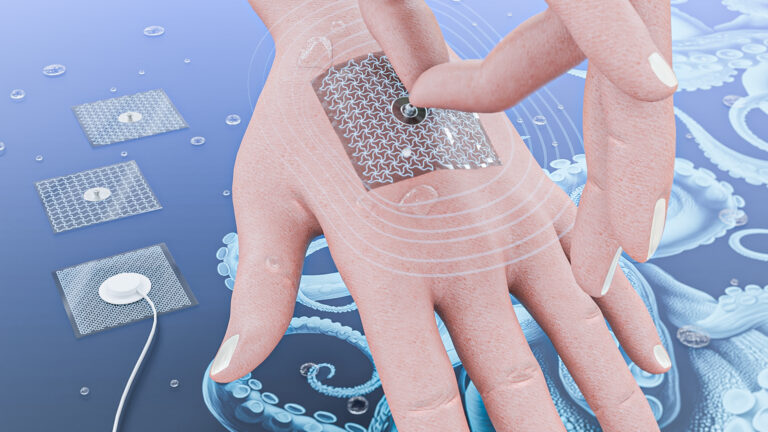
Electrical Engineering
Hybrid 3D printing helps to create adhesive textures for a highly adhesive and reusable biopatch that monitors health.
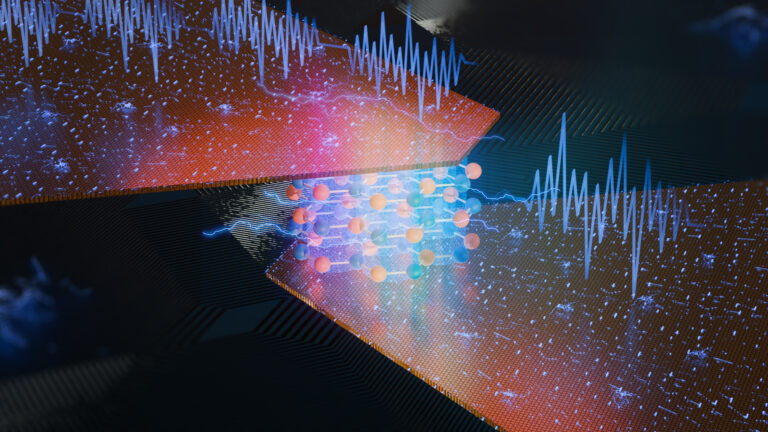
Material Science and Engineering
A device that remembers its electrical past can be used to create low-power and ultrafast switches for next-generation radiofrequency signals.
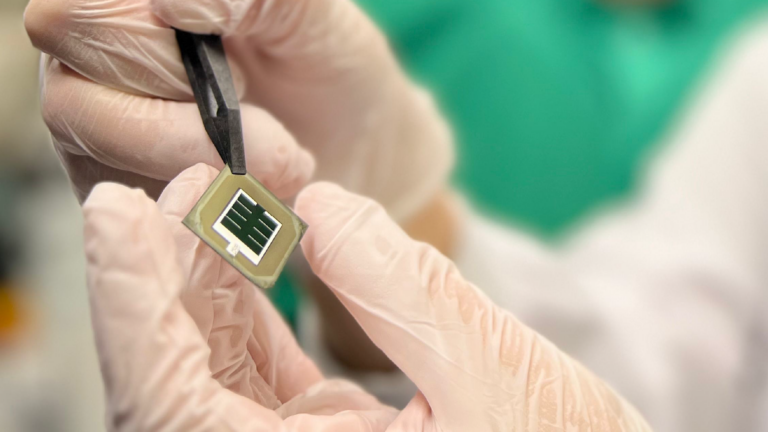
Material Science and Engineering
Hybrid perovskites are shown to have record-breaking stability and performance.

Electrical Engineering
A self-powered system that combines high-speed data transfer with continuous energy harvesting is set to revolutionize the Internet of Things.

Computer Science
A selective thermal oxidation that eliminates damage to sidewalls is set to enhance micro-LED efficiency.
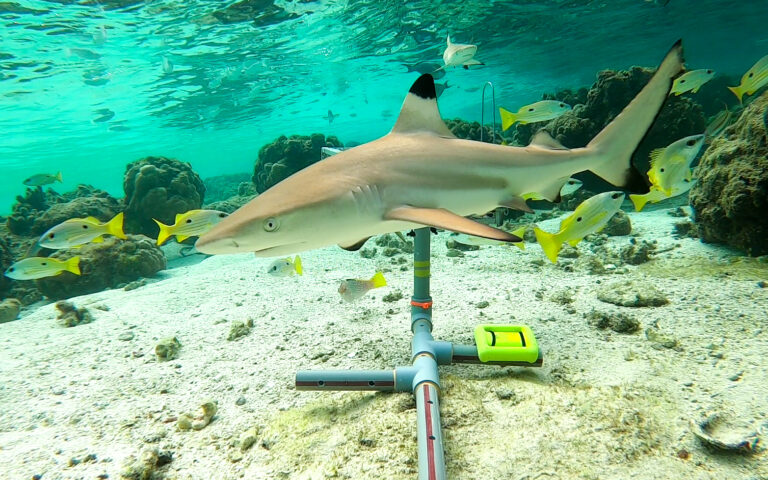
Marine Science
Finding a balance between the needs of shark fishers and the risk of unsustainable fishing is critical to the future management of small-scale shark fisheries.

Computer Science
An integrated mathematical framework vastly improves the modeling of cyclones and tornadoes.
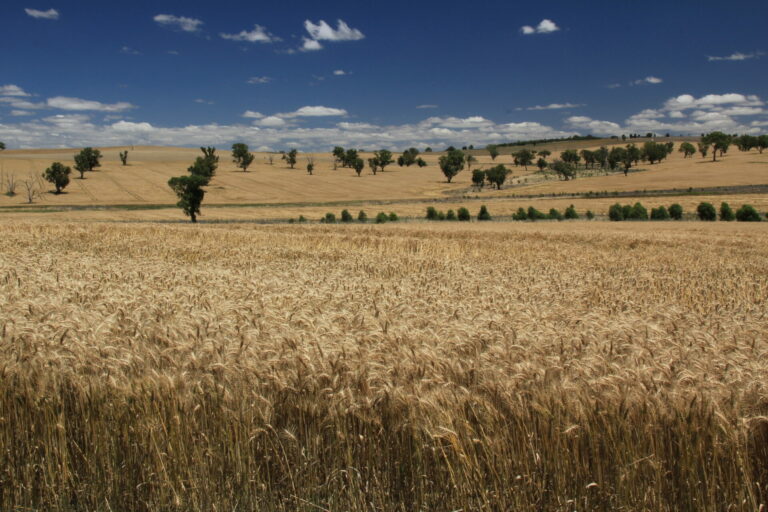
Bioscience
The complex history of the bread wheat D genome demonstrates the potential of wild relatives in crop improvement.

Applied Physics
The key to achieving greatly increased capacity and efficiency in semiconductor technology could be to build upwards, in vertical stacks of thin film transistors. © 2024 KAUST

Computer Science
An automated scheme for optical lens design looks set to enhance mobile phone cameras.

Bioscience
Drier climate and livestock grazing pressure jointly help to shape the diversity of plant traits in drylands worldwide.
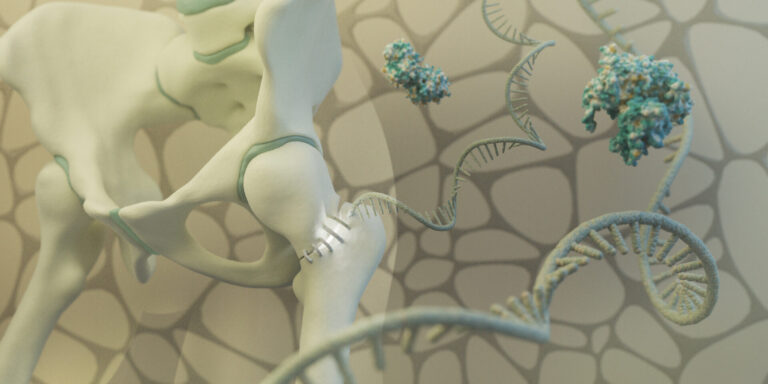
Bioengineering
Viral RNA elements induce controlled inflammation to trigger bone repair, which could be used to treat osteoporosis and other diseases.
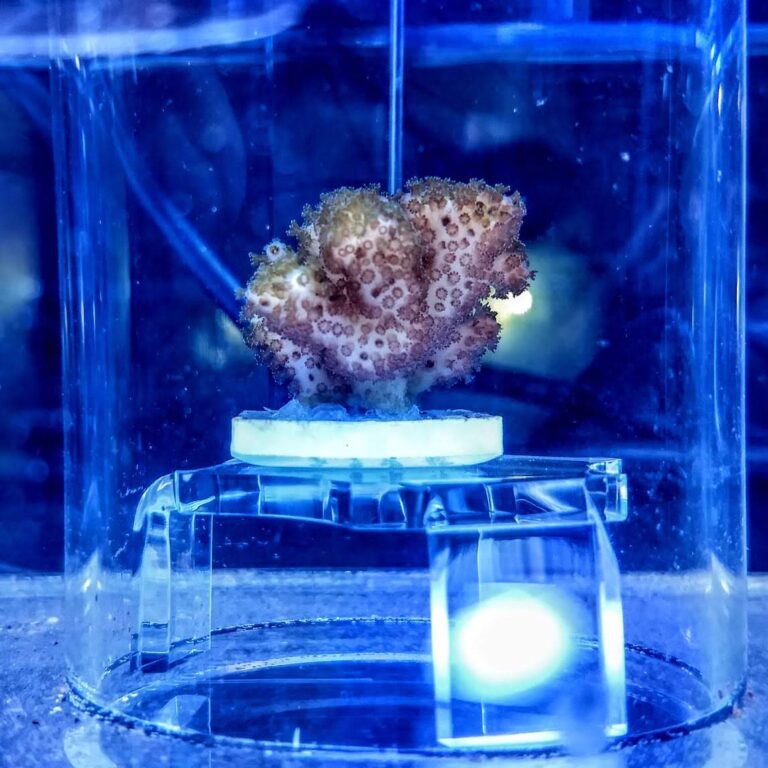
Bioscience
Beneficial bacteria localize and flourish within coral tissues, boosting resilience to heat and other stressors.
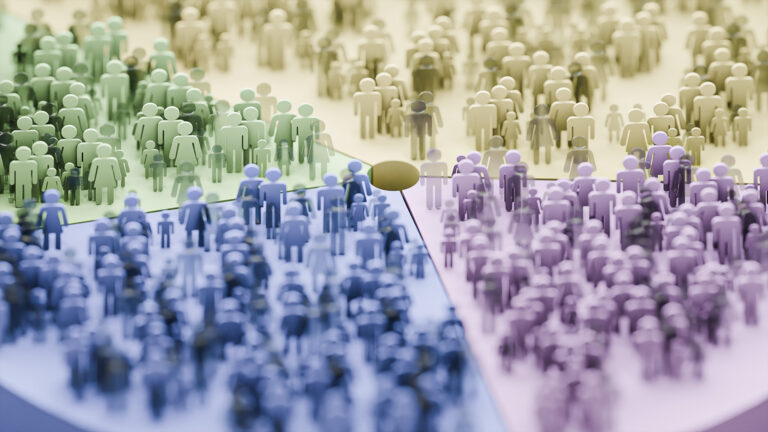
Applied Mathematics and Computational Sciences
A method for forecasting high-dimensional functional time series could improve the accuracy of mortality predictions across multiple populations.
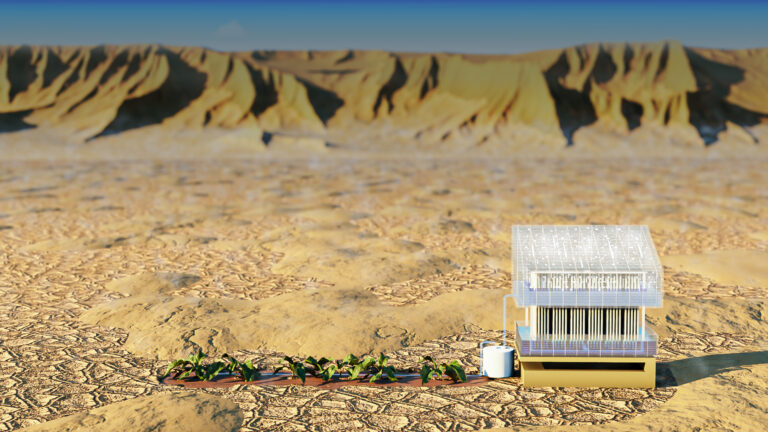
Environmental Science and Engineering
A new solar-powered system efficiently extracts moisture from the air, offering a sustainable solution for irrigation.

Bioengineering
An efficient long-read sequencing technique that searches for complex genomic variants provides accurate molecular diagnosis for genetic disorders within hours.
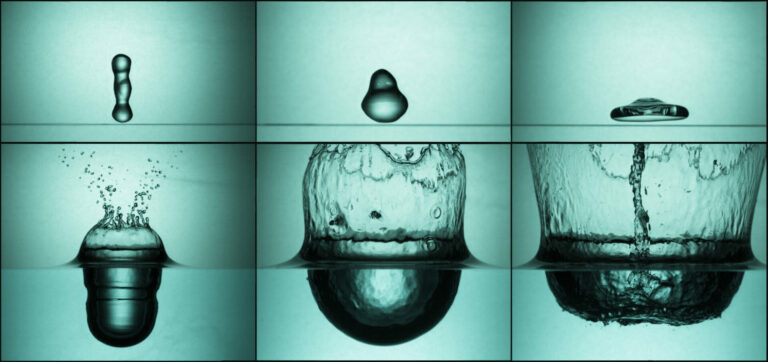
Mechanical Engineering
A better understanding of the dynamics of large water droplets falling into water has potential applications from fuel injection systems to climate models.
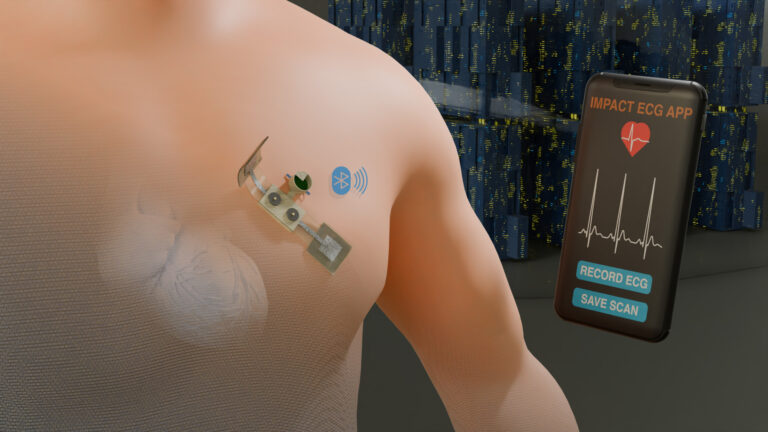
Computer Science
An innovative use of screen printing to assemble the key components of wet ECG electrodes enables remote monitoring at extended range and improves the experience for patients and healthcare staff.
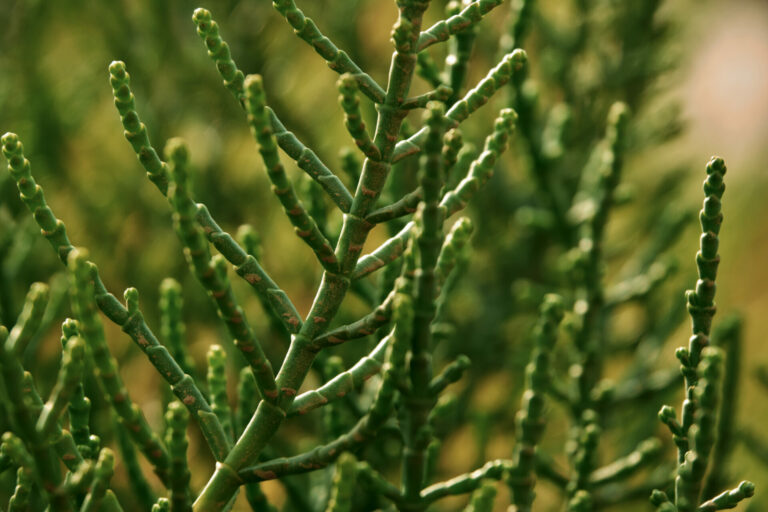
Bioscience
Improved understanding of the salt- tolerance mechanism in salt-loving plants could help progress seawater-based agriculture.
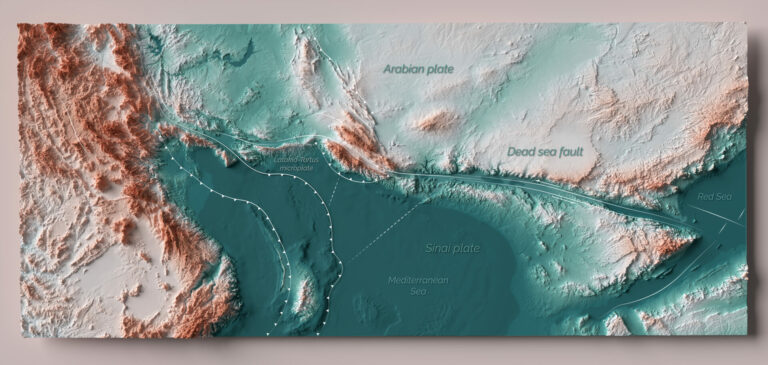
Earth Science and Engineering
A new analytical technique enables reassessment of plate boundaries and improved slip rate estimations along the Dead Sea Fault.
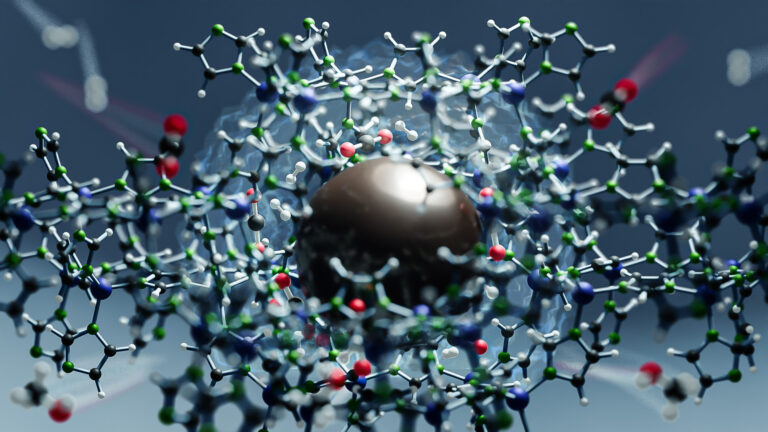
Chemical Engineering
A new way to utilize a greenhouse gas can enhance the efficiency and stability of carbon dioxide hydrogenation.

Mechanical Engineering
Chemical model could help to produce clean fuel from natural gas contaminant.
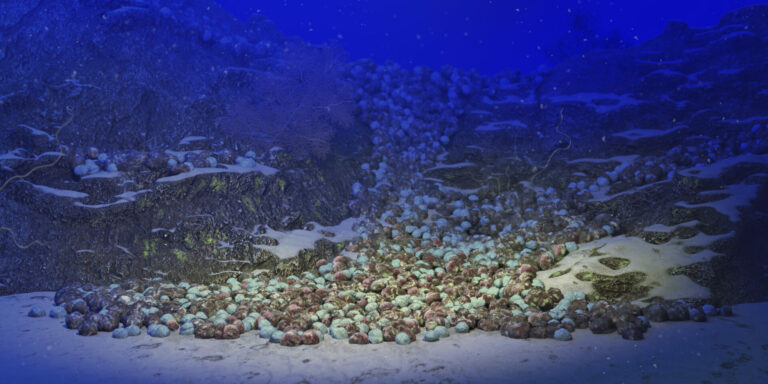
Marine Science
A detailed oceanographic survey reveals spherical nodule structures supporting life on the floor of the Red Sea.
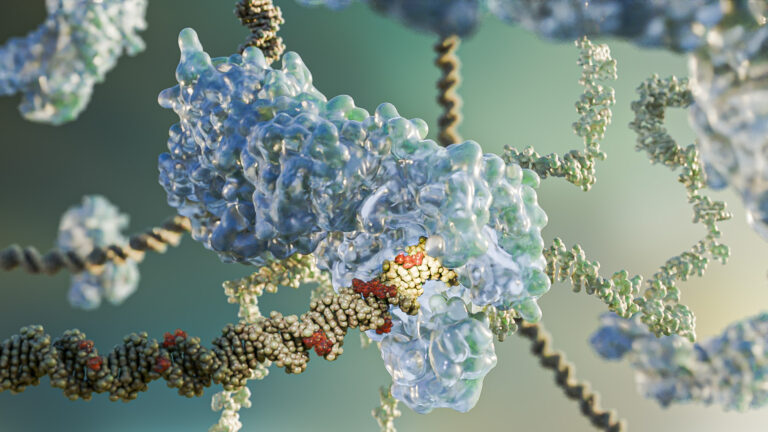
Bioengineering
Manipulating DNA repair pathway boosts the accuracy of CRISPR technology.

Electrical Engineering
Transparent solar cells utilize non-fullerene acceptors, merging efficiency with aesthetics for urban design transformation.
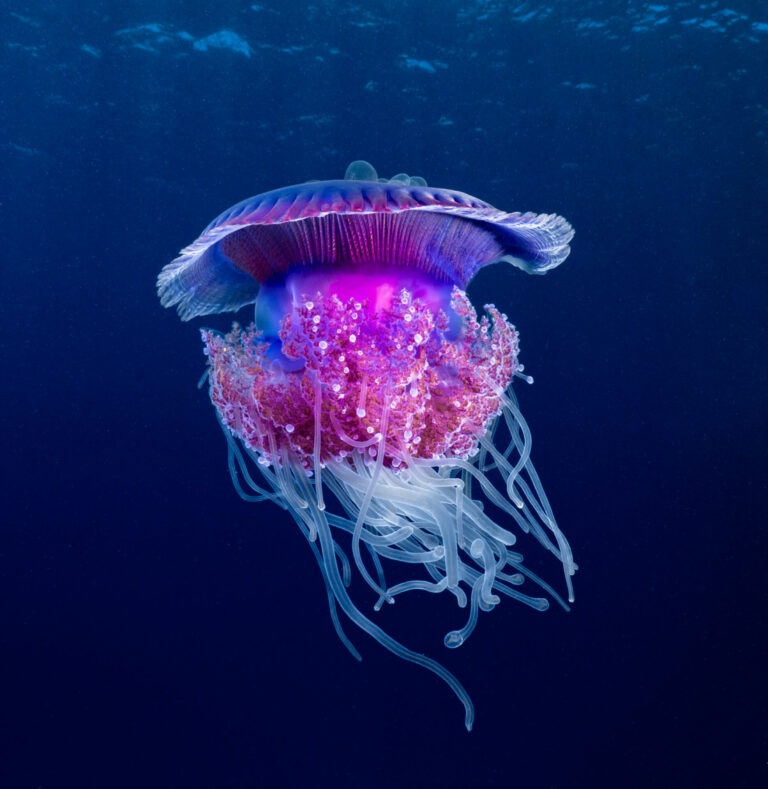
Bioscience
An open-access catalog of the global ocean genome offers novel taxonomical and functional insights and unlocks the potential of blue biotechnology
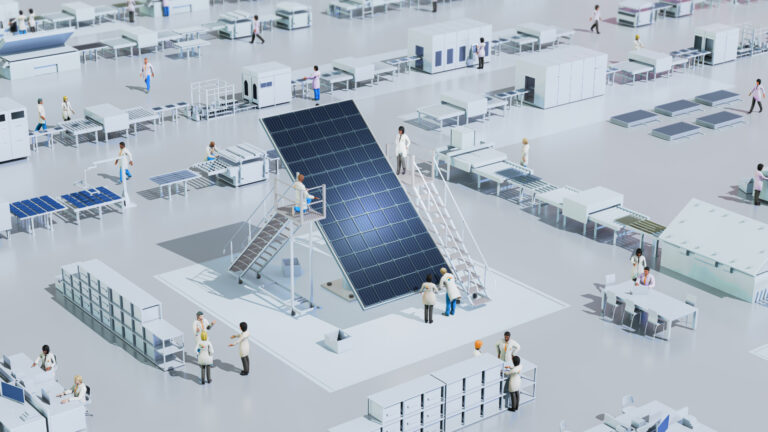
Material Science and Engineering
Combining traditional silicon with perovskite materials offers higher efficiency solar cells, but further innovation is needed to make them commercially viable.
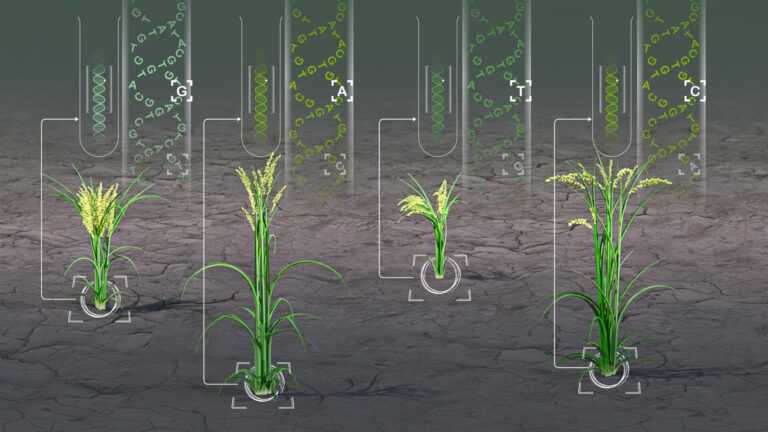
Bioengineering
Platform for identifying genetic variation in plant species could aid in crop improvement and sustainable agriculture.
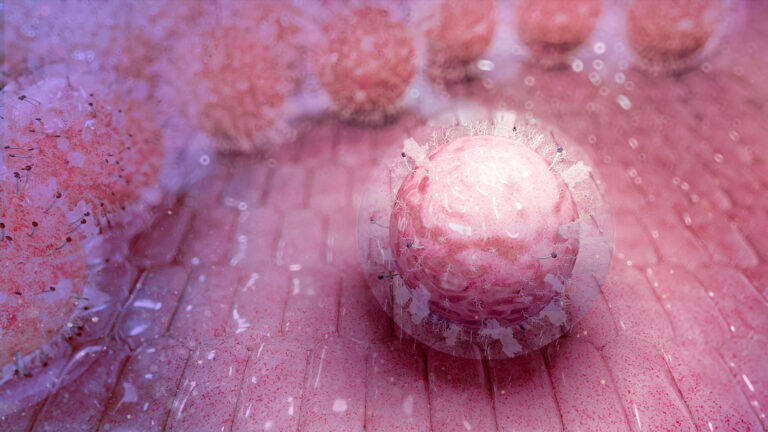
Bioengineering
Protocol boosts regenerative capabilities of stem cells previously wasted in transplant medicine.
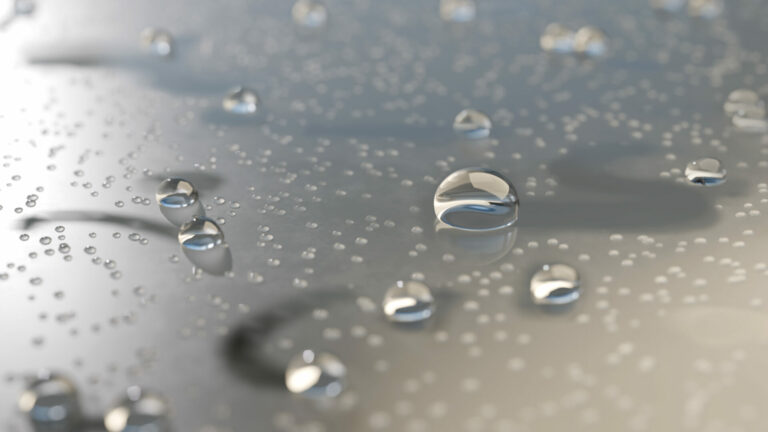
Mechanical Engineering
Complex patterns of motion emerge when water drops condense on an oiled surface.
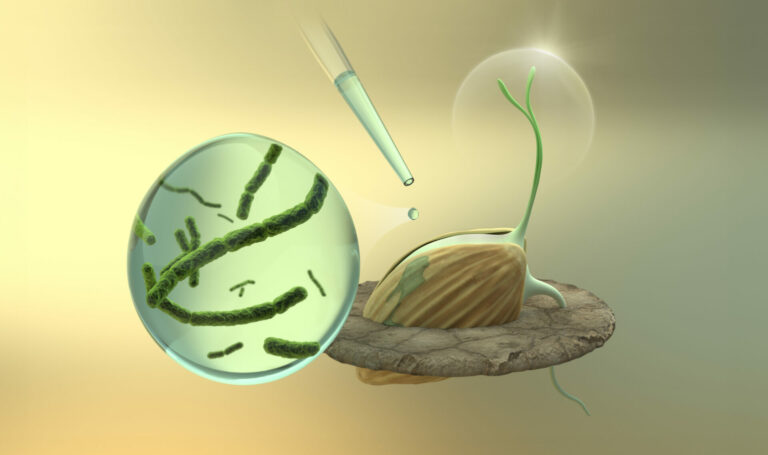
Plant Science
Analysis of seed endophytes in the wild crop fonio reveals the seed microbiome as a potential target for sustainably enhancing crop resilience to climate stress.
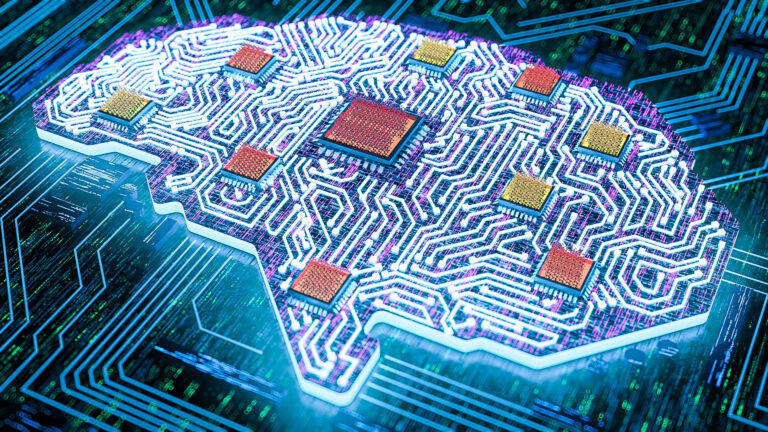
Material Science and Engineering
Brain-like computing could be possible using electrical memory devices made from an unexpected material.
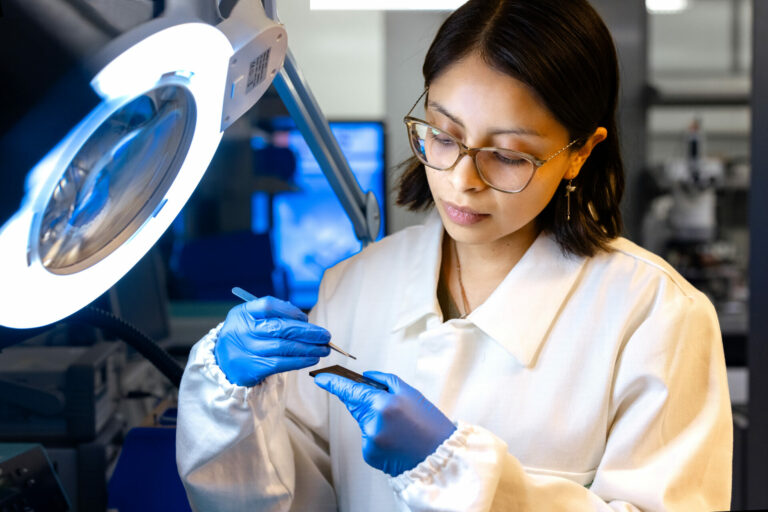
Bioengineering
Artificial skin coupled with sensors and machine learning technology allows people with voice disorders to communicate using soundless mouth movements.
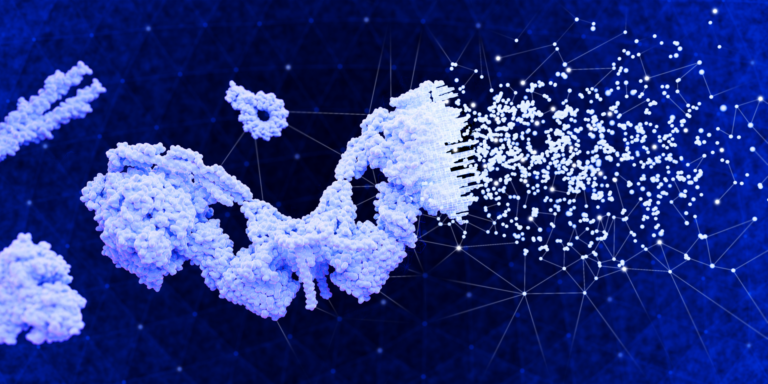
Bioengineering
Powered by logic and large language models, DeepGO-SE predicts the biological role of proteins and could be used to aid drug discovery.

Bioengineering
An integrated shuffler optimizes the privacy of personal genomic data used for machine learning.

Bioscience
Analyses of sediment cores highlight declining nutrient availability and increased trace metal pollution in the Red Sea.
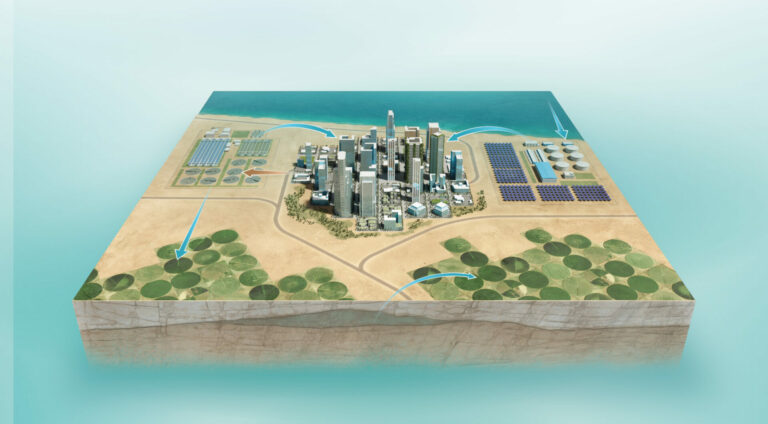
Bioengineering
Researchers propose a pathway to create sustainable greening initiatives in the Middle East using existing technologies.
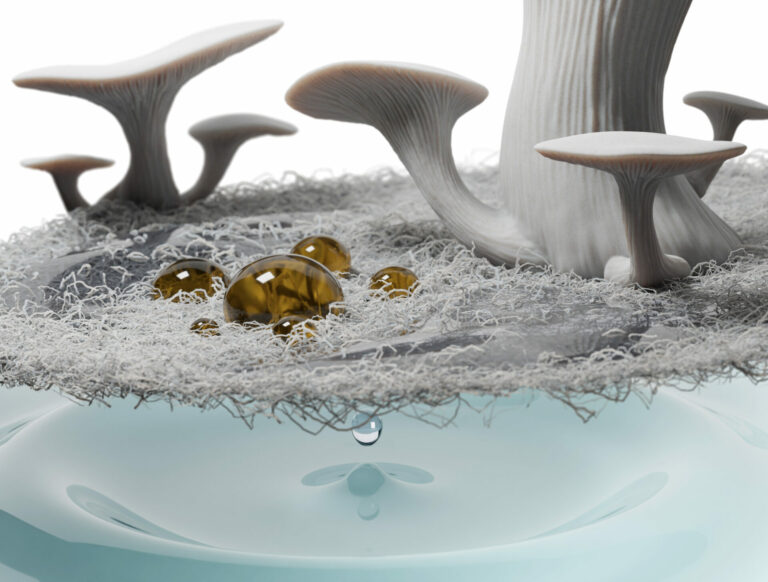
Chemical Engineering
Bio-inspired membrane materials from fungi mycelium are set to revolutionize separation technologies.
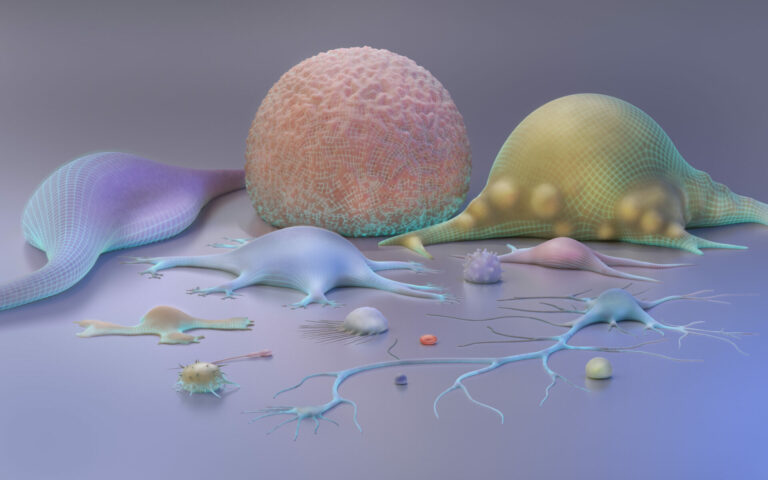
Bioengineering
Inspired by large language models that power ChatGPT, an AI algorithm offers a new way to annotate cells.
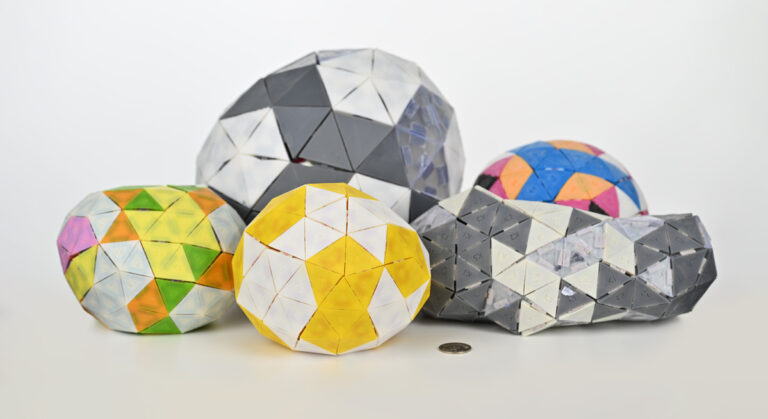
Computer Science
Algorithm creates tessellating triangular pieces to build physical replicas of structures such as cells or viruses.
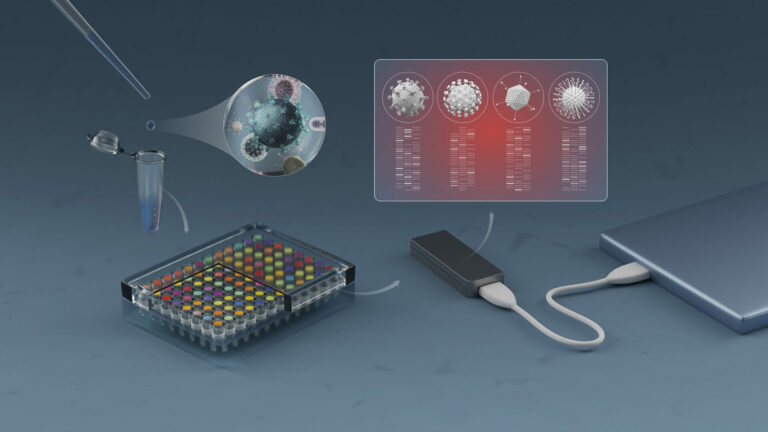
Bioengineering
An open-source, automated and cost-effective platform for COVID-19 diagnosis and analysis of genetic variants can be built from readily available materials, with big possibilities on the horizon.

Applied Mathematics and Computational Sciences
A systematic analysis of sex differences in mortality of young people up to the age of 24 will help policymakers address key disparities and reduce preventable deaths.
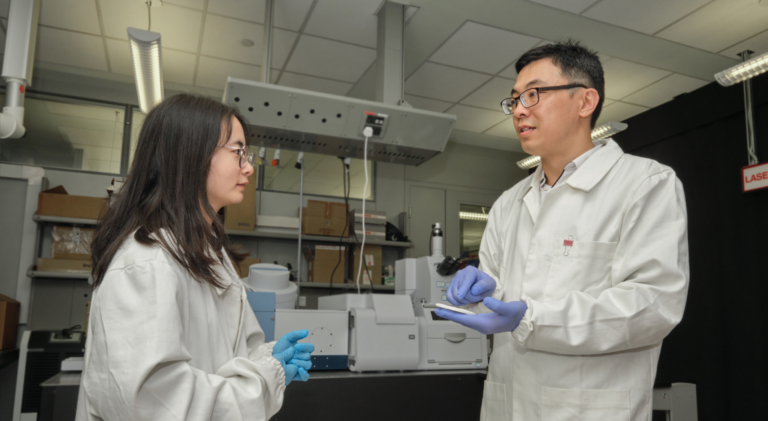
Environmental Science and Engineering
A superabsorbent film promises ecofriendly cooling solutions against heat stress and global warming.
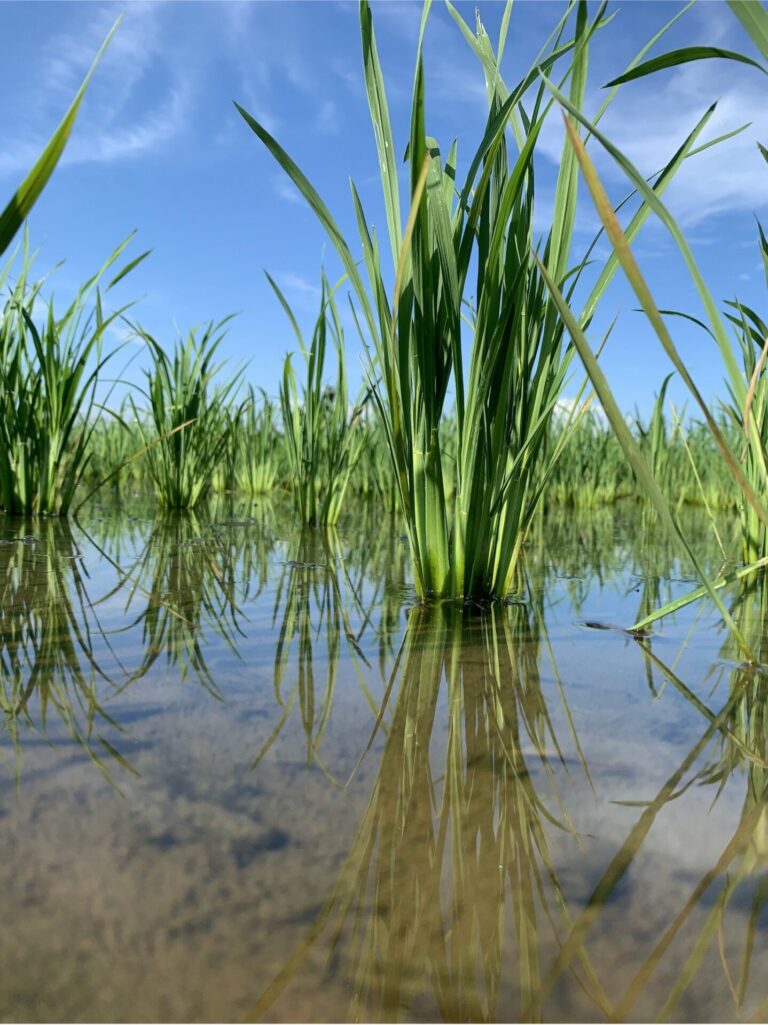
Bioengineering
Better understanding of the roles of plant hormones could help to engineer advantageous traits into rice and other crops.
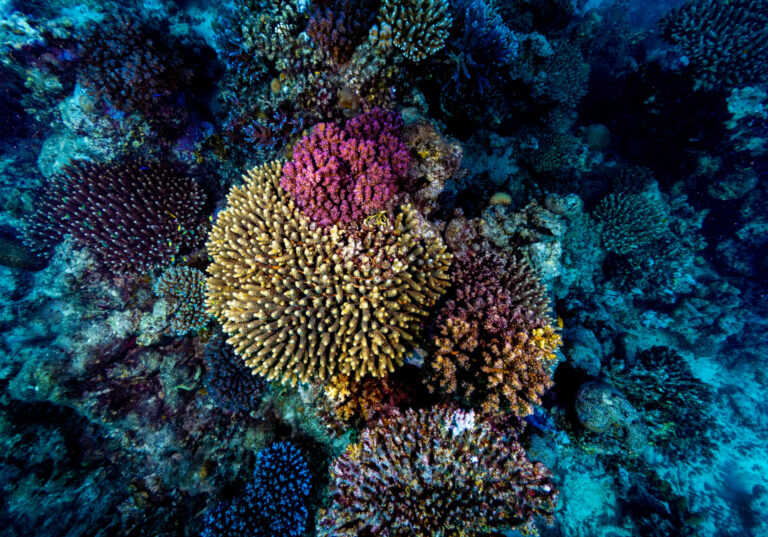
Bioscience
An emerging conservation strategy could help wildlife to become more resilient against a range of environmental threats.

Applied Mathematics and Computational Sciences
A neural network-based approach offers an extremely fast and highly accurate alternative to the "gold standard" of likelihood estimation for statistical modeling of complex datasets.
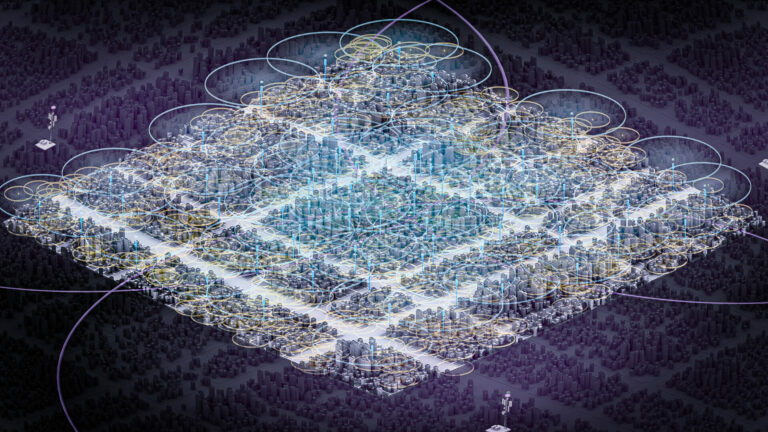
Applied Mathematics and Computational Sciences
A simple yet elegant solution could improve data rates for multiple communications networks that share a common frequency band.
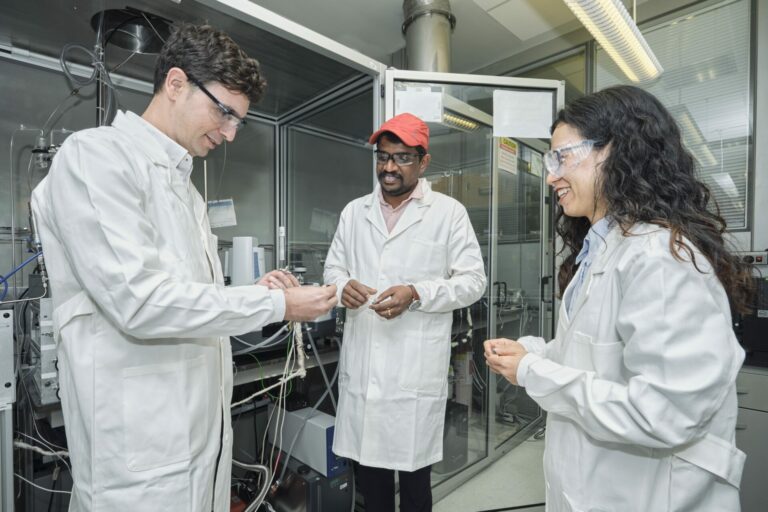
Chemical Engineering
Systems that combine multiple spectroscopy and reactor technologies can bring a more accurate image of catalysts.

Material Science and Engineering
The efficiency of tandem solar cells is boosted with improved optical design and a careful selection of the material that connects them together.
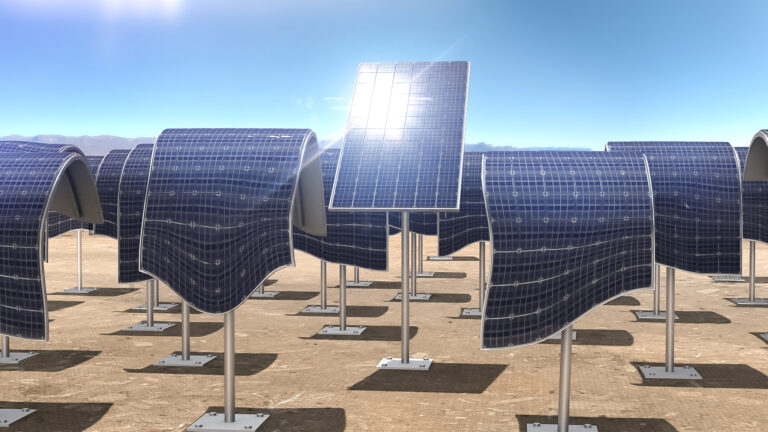
Electrical Engineering
Multicomponent mixtures could provide organic solar cells that defy heat and achieve record efficiency.
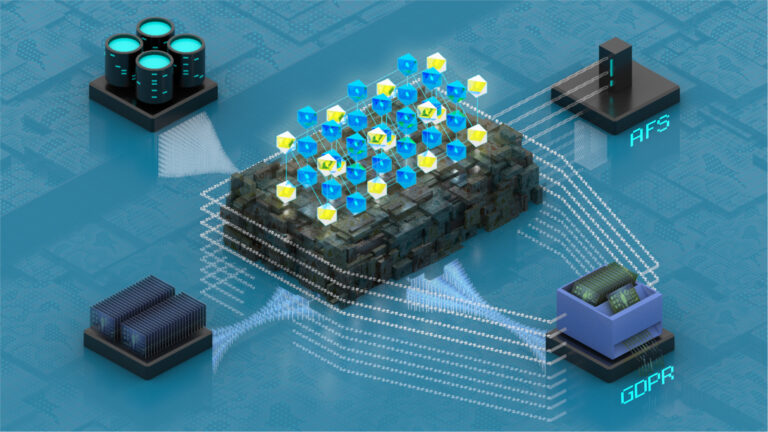
Bioengineering
An open-source software can help align artificial intelligence applications in healthcare with data privacy regulations.

Applied Mathematics and Computational Sciences
A "deep" many-layered neural network does the heavy lifting in calculating accurate predictions from large complex environmental datasets.
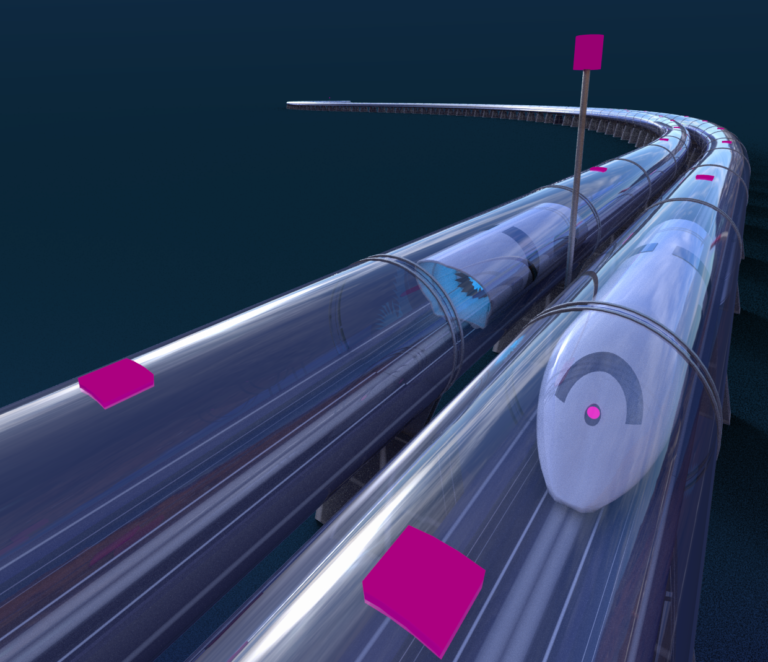
Applied Mathematics and Computational Sciences
Solid-state radiofrequency reflectors will enable seamless wireless connectivity in the Hyperloop evacuated-tube transport system.

Applied Mathematics and Computational Sciences
Long-term satellite data shows a significant cooling effect of vegetation on land surface temperature.
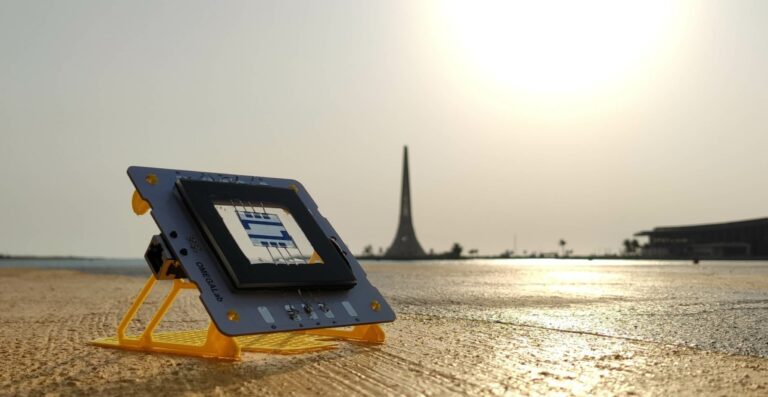
Electrical Engineering
The molecular structure of organic semiconductors is key to the outdoor stability of organic solar cells.

Bioscience
Uncovering PfAP2-P’s role in parasite's immune evasion and development, opening doors to innovative anti-malaria approaches.
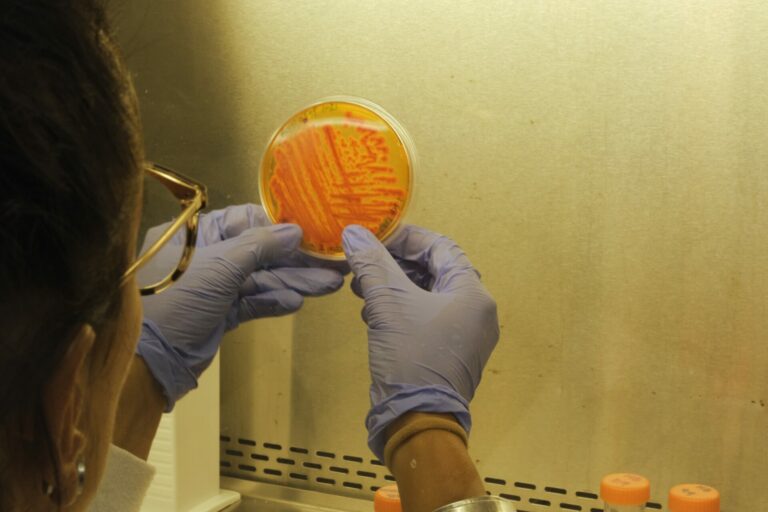
Marine Science
The ability of marine microbiomes to respond to thermal variations in their habitats is controlled by enzyme adaptation.

Statistics
An efficiency upgrade for an already fast approximation method enables accurate near-real-time modeling of complex systems and large datasets.
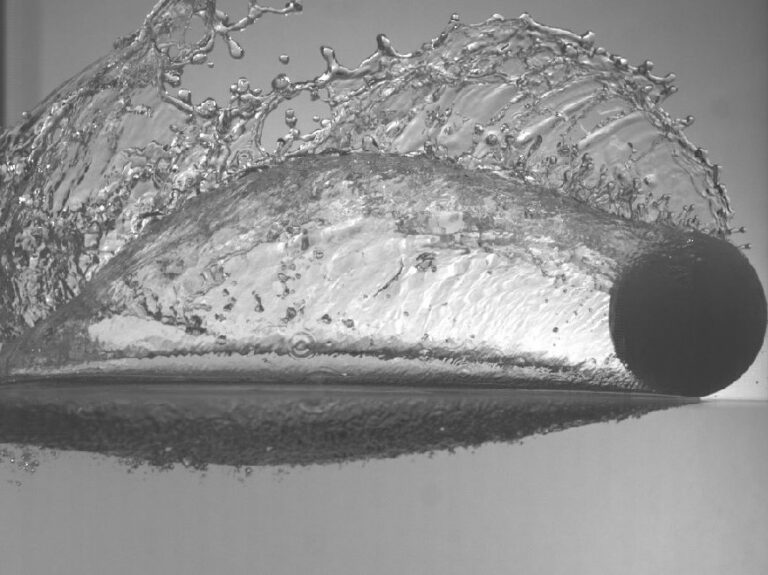
Mechanical Engineering
Air cavities forming around skipping buoyant objects could help reduce drag and enhance underwater maneuverability.
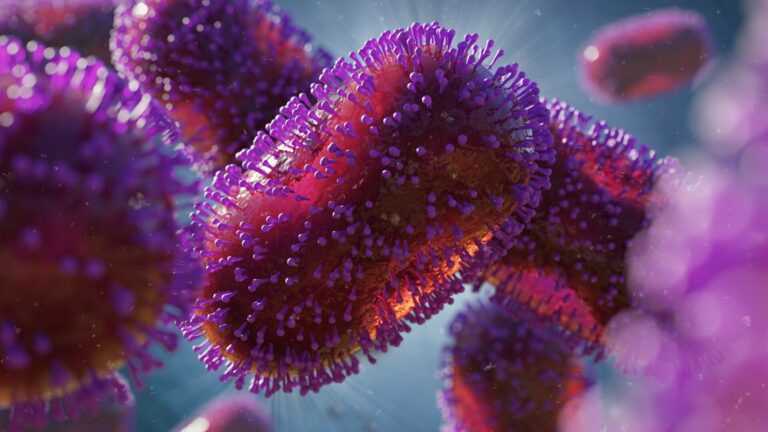
Bioengineering
Skin organoids offer a powerful platform for drug discovery in the ongoing fight against the virus formerly known as monkeypox.
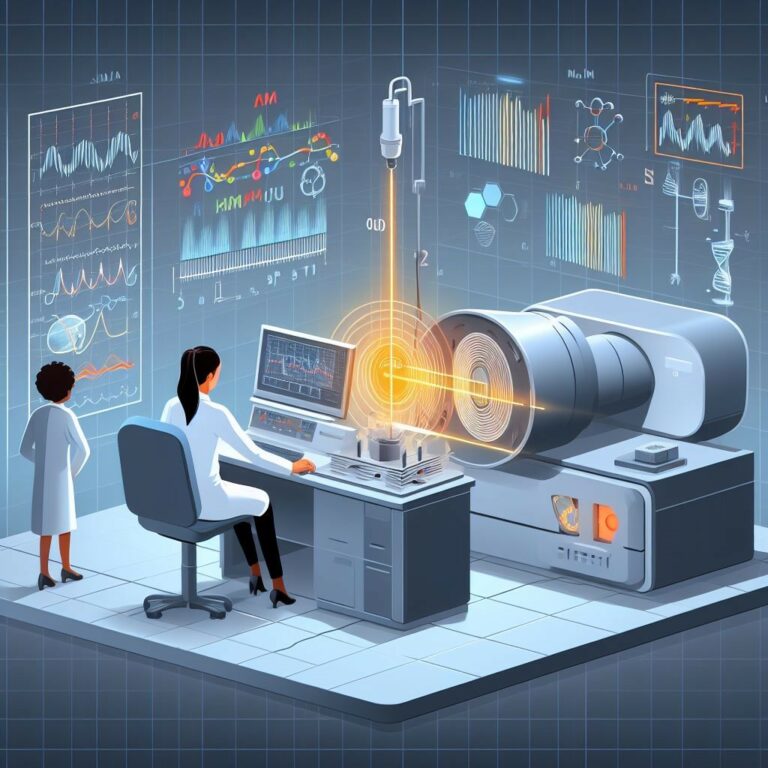
Bioscience
Comparison of different nuclear magnetic resonance spectroscopy methods has helped to identify the most robust approach for studying different types of biomolecules.
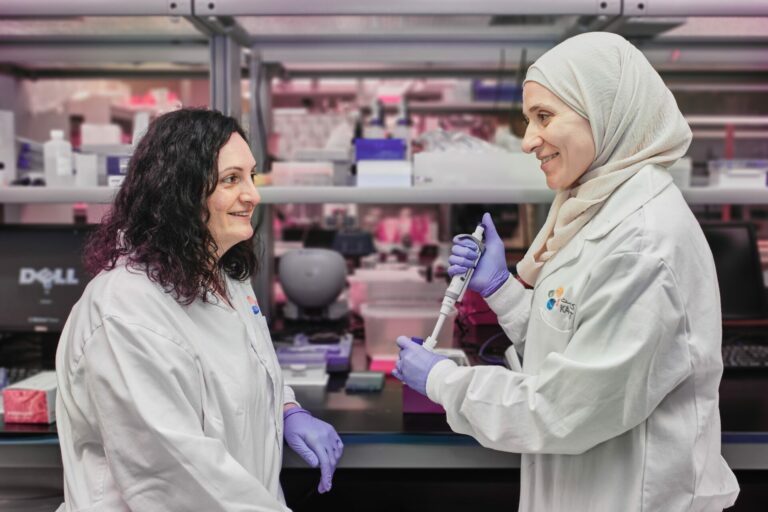
Bioengineering
An innovative AI-based tool leverages varied symptom descriptions, along with evidence from the scientific literature and genomic datasets, to pinpoint disease-associated gene variants.

Bioengineering
New research into how humans and animals use complexity to make decisions offers some tantalizing insights into the nature of intelligence.

Computer Science
A residual-based approach that detects and corrects voltage and frequency anomalies could protect power grids against covert cyberattacks.
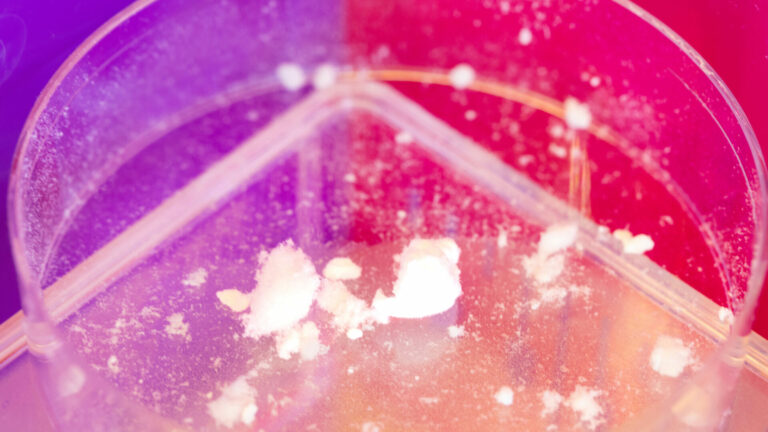
Bioengineering
Hydrogels that mimic natural environments help to reveal cellular intricacies often missed in traditional lab studies.

Chemical Engineering
Metal-organic frameworks with designer windows show exceptional gas storage capability.
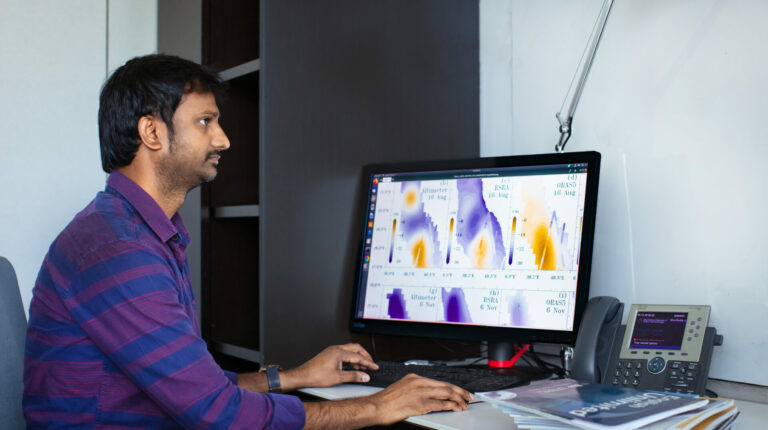
Applied Mathematics and Computational Sciences
A data-driven modeling system that reconstructs oceanic circulation of the Red Sea highlights the importance of developing region-specific historical datasets.
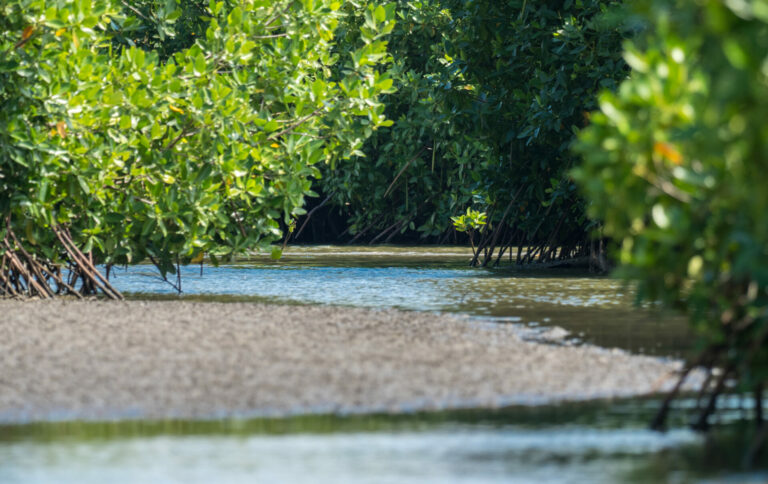
Bioscience
Marine ecosystem models should account for vast fluctuation in dissolved oxygen.
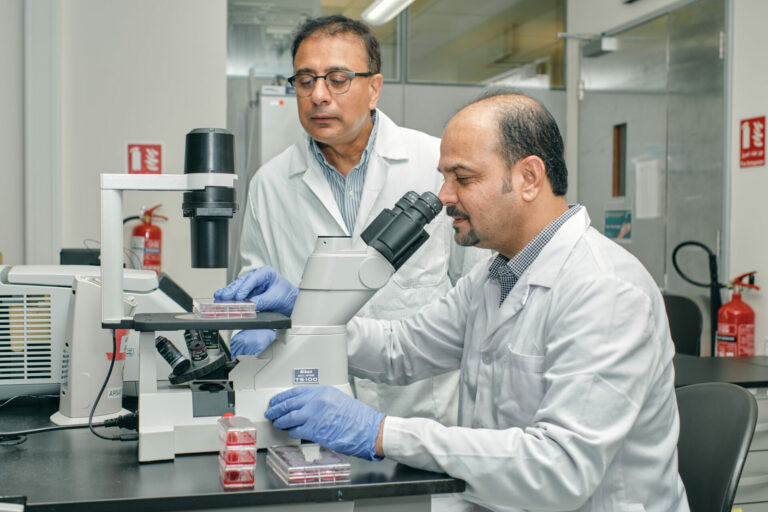
Bioscience
Mutations on a key SARS-CoV-2 viral protein are linked to extreme immune responses and could offer a novel vaccine target.
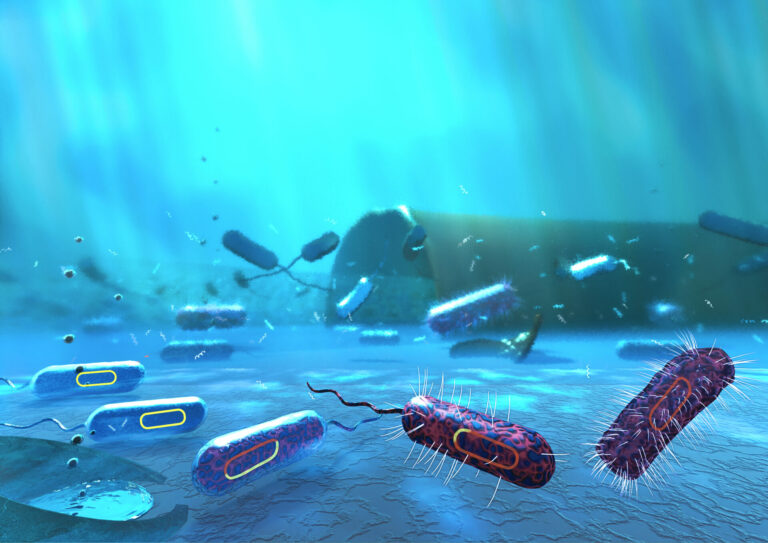
Bioengineering
A complex interplay of factors influences the spread of superbug genes during wastewater treatment and reuse.
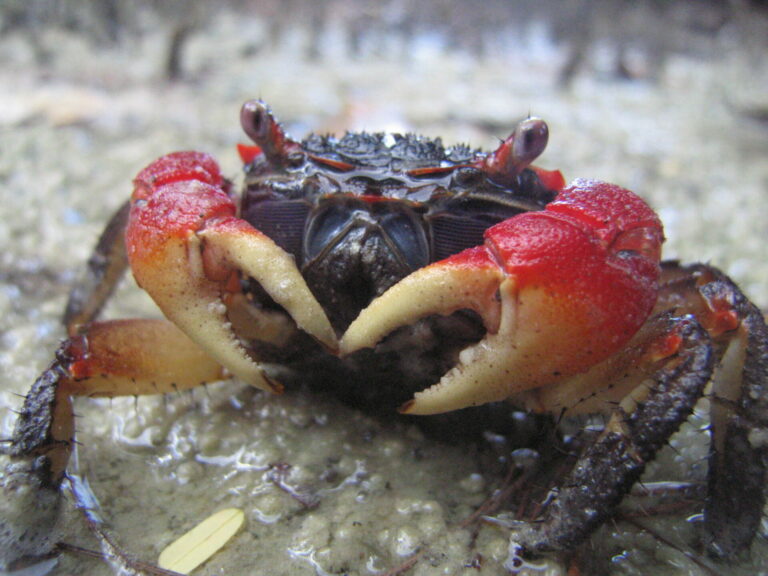
Marine Science
The role that seabed species and plants play in mixing sediments in mangroves could help to support responses to ecosystem stress and to aid regeneration.

Applied Mathematics and Computational Sciences
Applying a penalty for increasing complexity provides better control over flexible statistical models.
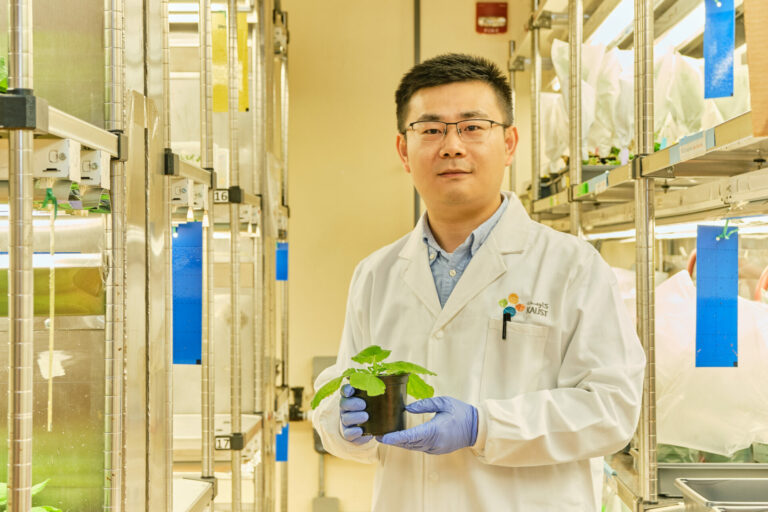
Bioengineering
A simple enzymatic pathway taken from fungi can enhance the production and storage of provitamin A in crop plants.
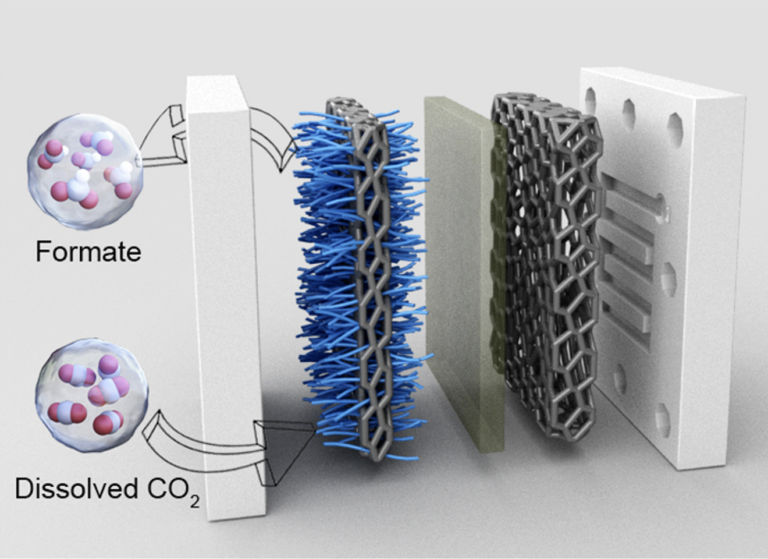
Chemistry
High-pressure experiments show the way to selectively recycle the greenhouse gas into a particular product.

Environmental Science and Engineering
Cool heads clear a pathway for the development of a sustainable cooling technology.

Material Science and Engineering
An innovative device could pave the way for more convenient diabetes monitoring.
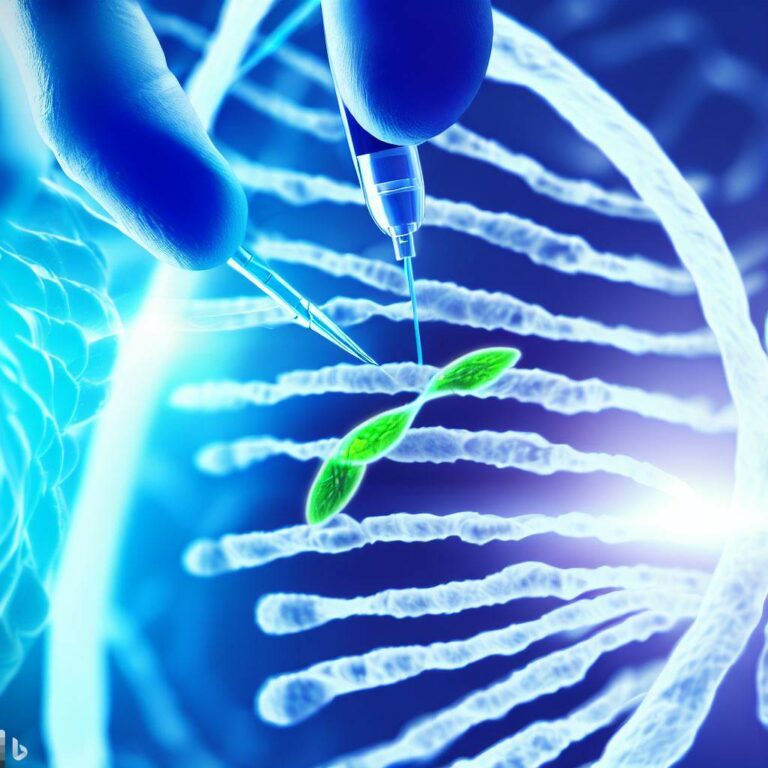
Bioengineering
PNP editing emerges as a versatile and programmable tool for site-specific DNA manipulations.

Computer Science
Computer memory systems that work change resistance rather than charge could greatly improve the performance of deep neural networks for machine learning.
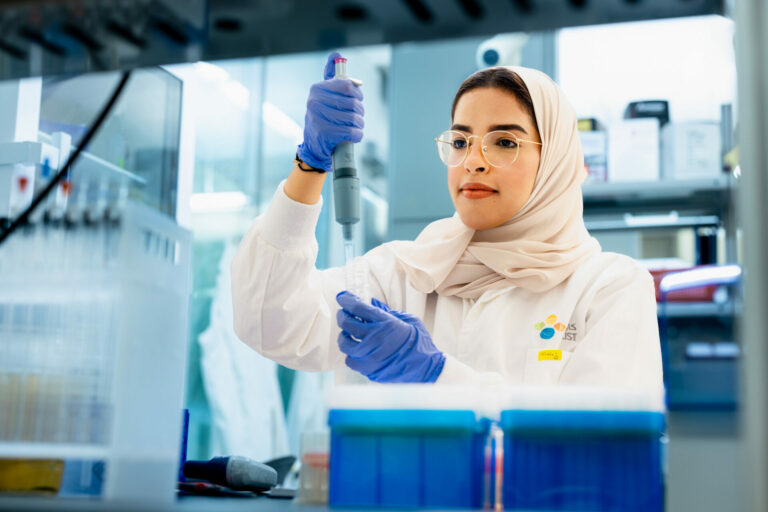
Applied Physics
Drugs that inhibit a key protein should offer new targeted cancer therapy for leukemia and breast cancer.
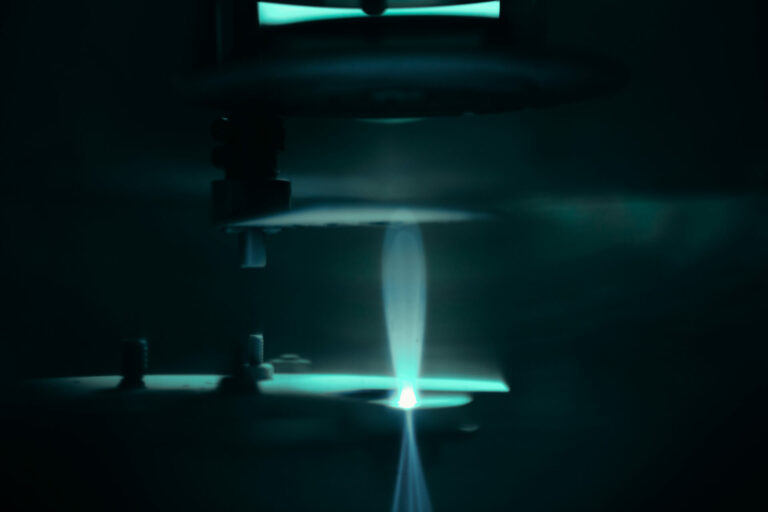
Applied Physics
Gallium oxide offers resistance to radiation and high temperatures, and could be used for data storage and computing in extreme conditions.
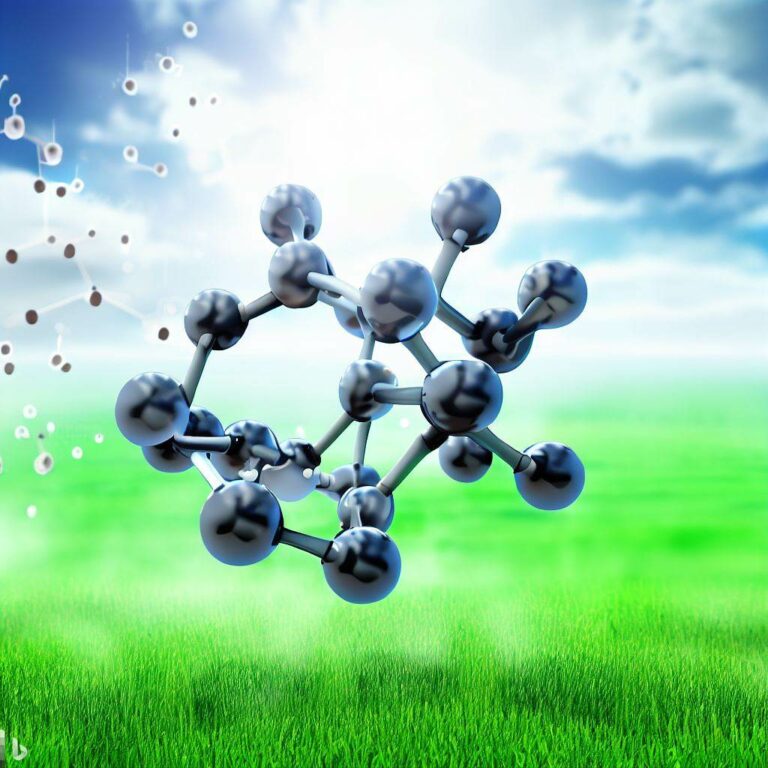
Chemistry
Calcium outshines chromium in the catalytic production of ammonia.
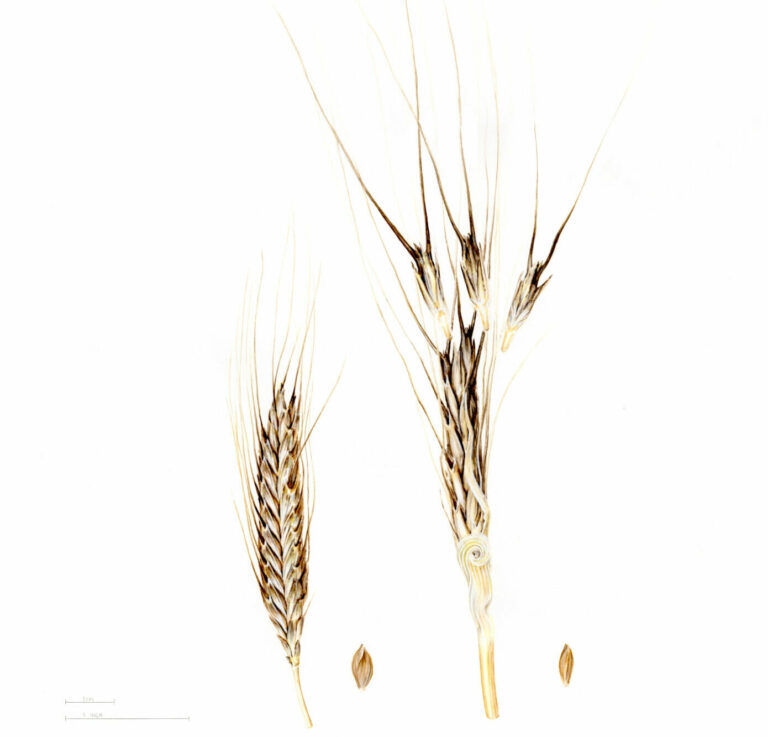
Bioscience
A first complete genome map of einkorn reveals evolutionary origins and potential for enhanced wheat breeding.
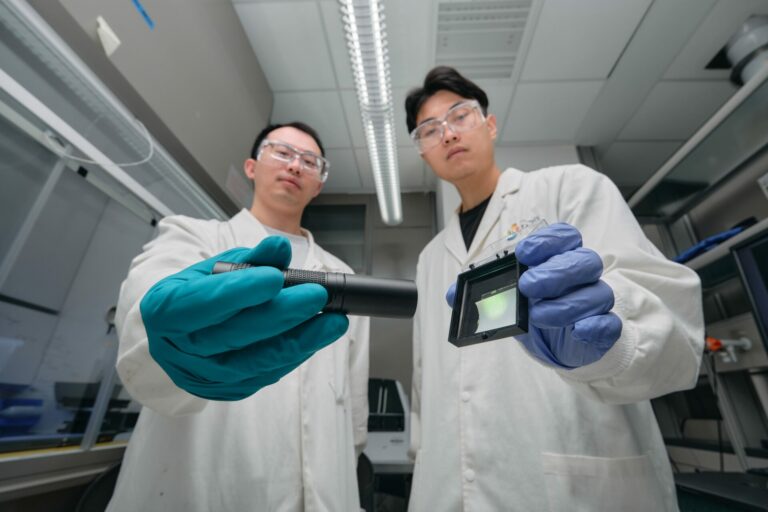
Chemistry
Less hazardous and more sensitive and eco-friendly scintillating compounds could greatly improve X-ray imaging technologies.
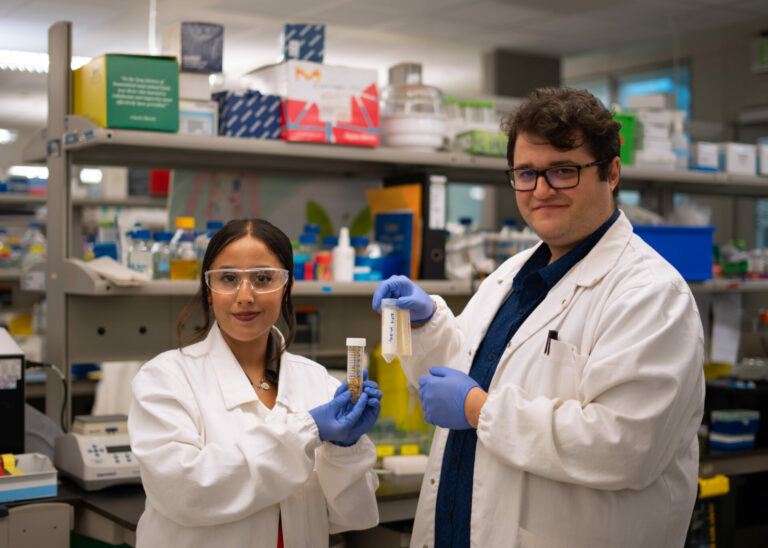
Plant Science
Using nanotechnology for controlled delivery of biostimulants and micronutrients to crops could improve performance and nutritional value.

Applied Physics
A comparison of different solar-cell technologies shows that an organic material is better at staying cool than common silicon, and how a windy environment can help.
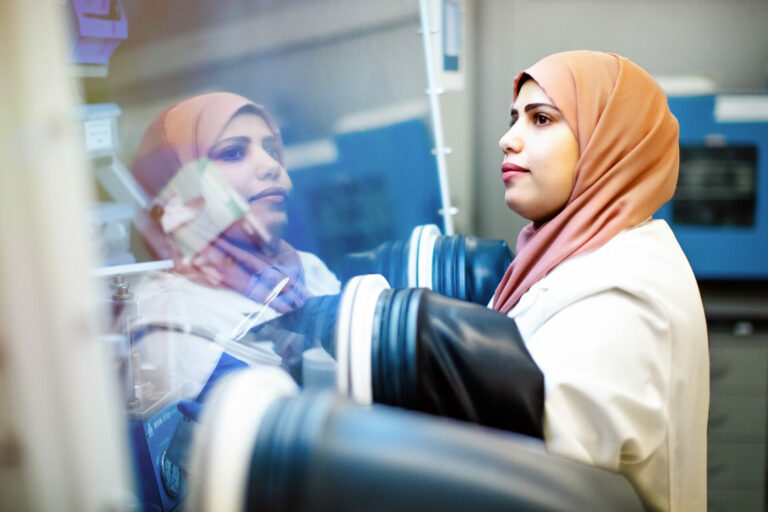
Chemistry
Pulses of light tune MXene's structure to improve energy storage and battery stability.
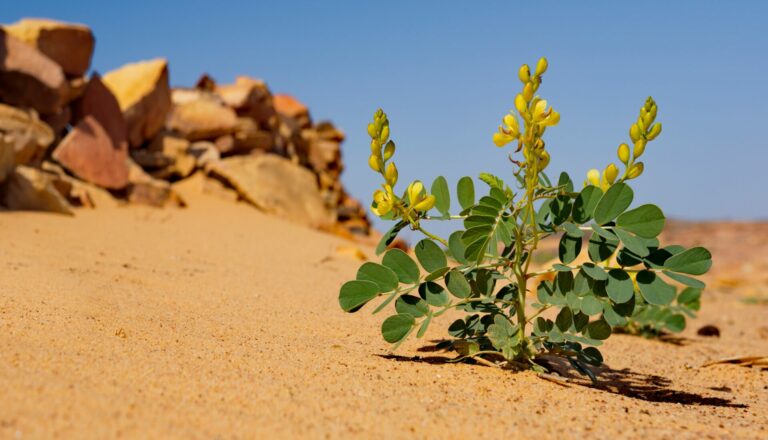
Plant Science
Priming crop plants with a microbe sourced from the roots of desert plants could be a powerful tool to boost crop plant's resilience to drought.

Chemistry
A proton-driven approach that enables multiple ferroelectric phase transitions sets the stage for ultralow power, high-capacity computer chips.
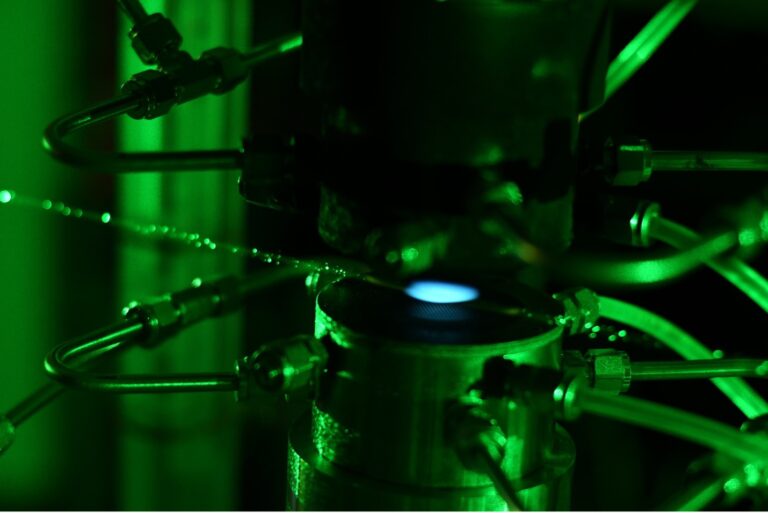
Applied Mathematics and Computational Sciences
Laser experiments reveal how high voltage affects charged ions in burning fuel.
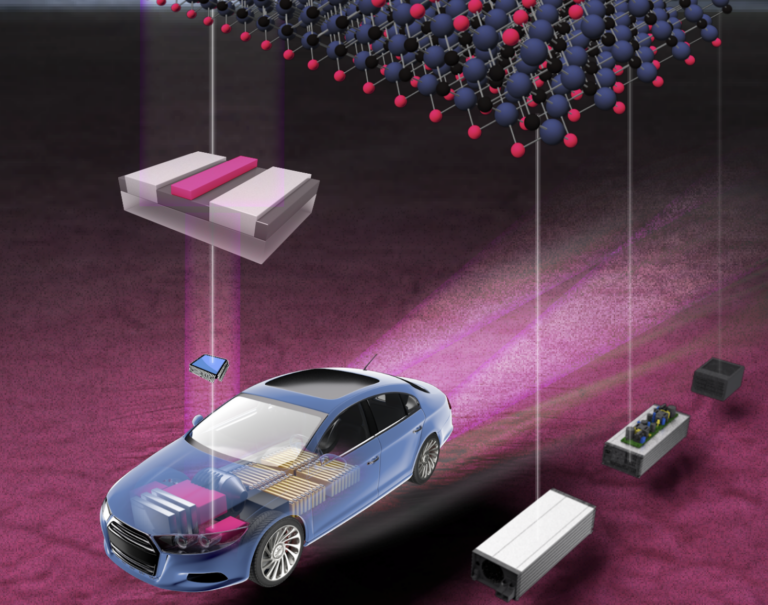
Applied Physics
Using a two-dimensional material to electrically connect to high-power semiconductor transistors improves device performance.
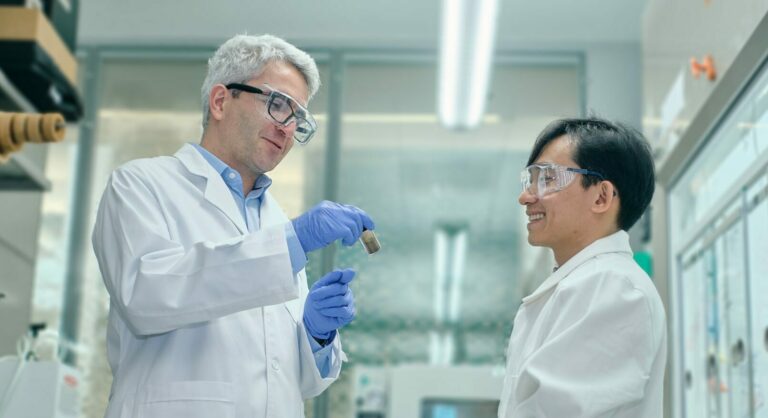
Chemistry
High-strength but low-density mesh-like polymers with applications in adsorption are synthesized using a simple new method.
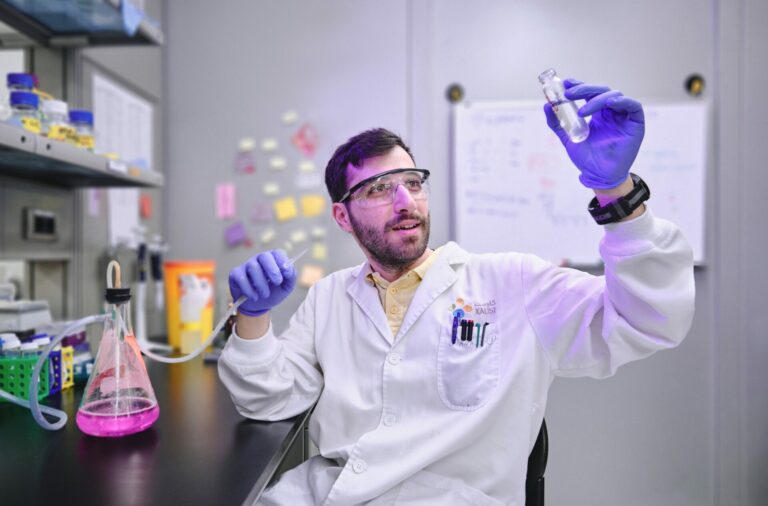
Bioengineering
Tiny packets of molecular cargo shed by cancer cells seed the foundations for metastasis at distant sites in the body.
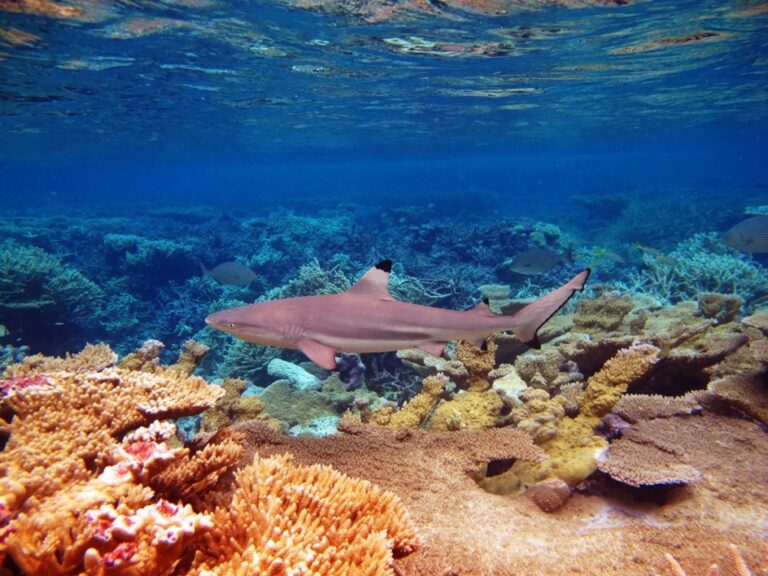
Marine Science
Surprising changes to a Pacific Ocean current during one of the strongest recorded El Niños saved a remote island’s coral reefs while others were devastated by mass bleaching.
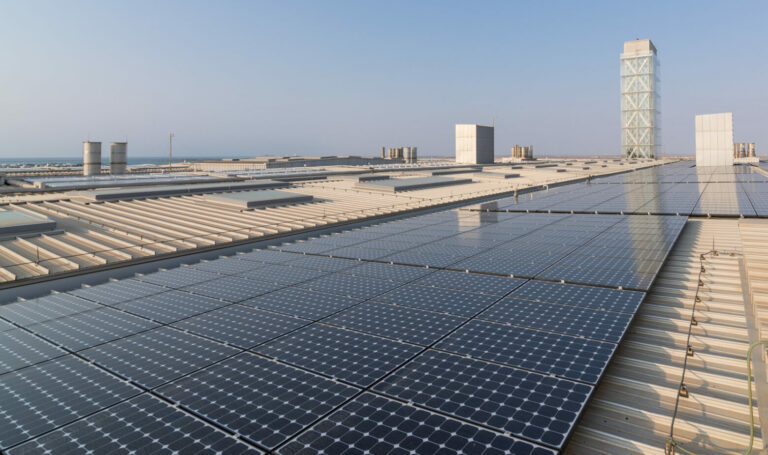
Applied Mathematics and Computational Sciences
Weather variability and extreme events affect the optimal design and operation of renewable energy systems, particularly for striking a trade off between life cycle cost and carbon dioxide emissions.

Computer Science
Light-sensitive memory elements that can be programmed optically offer promise for more efficient real-time image analysis.
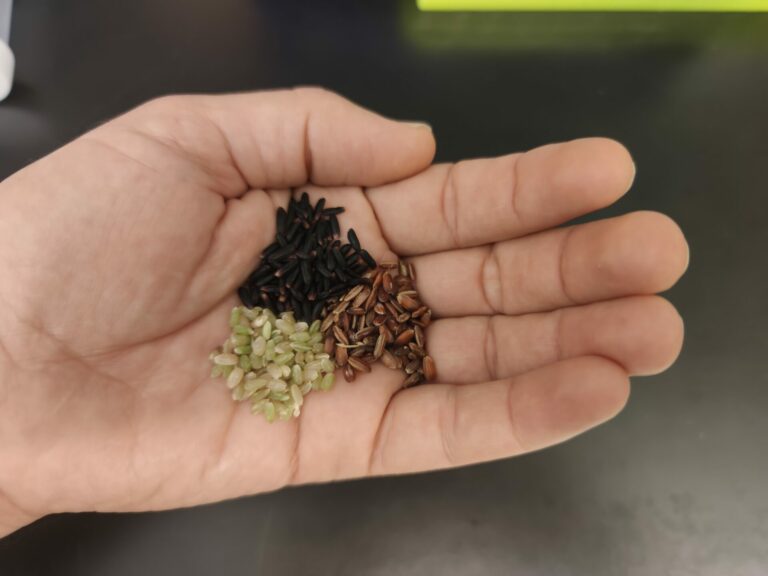
Bioengineering
Fundamental research offers opportunities for new varieties of pigmented rice and a resource to address malnutrition.
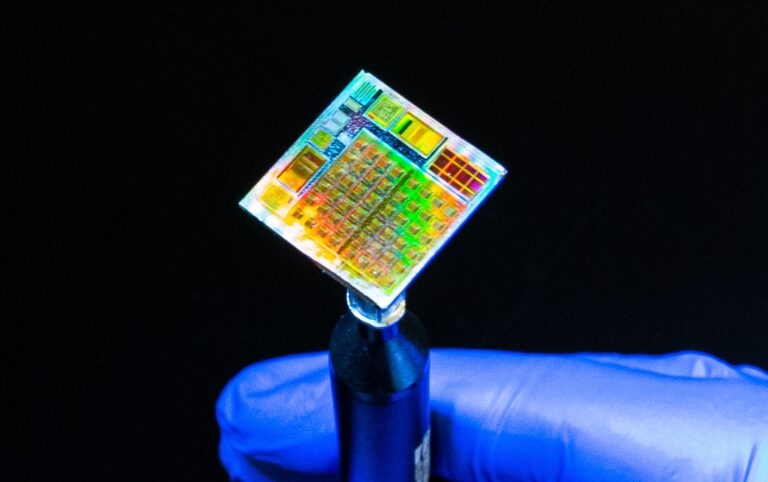
Material Science and Engineering
The first demonstration of a functional microchip integrating atomically thin two-dimensional materials with exotic properties heralds a new era of microelectronics.